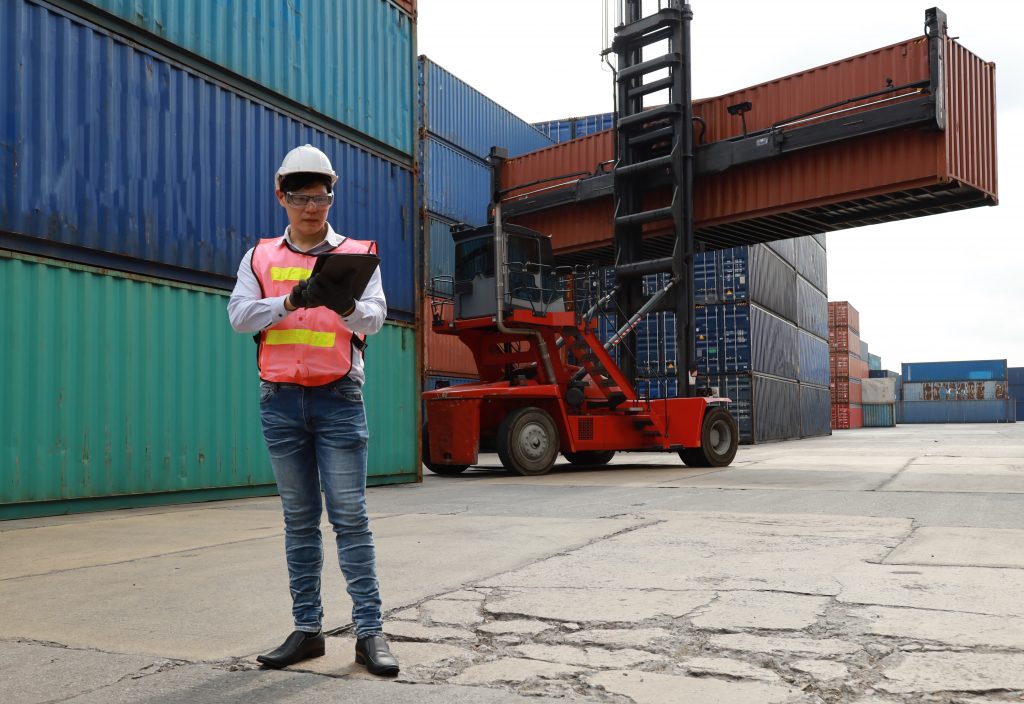While models are still uncertain, Tropical Storm Harvey is rapidly strengthening and is now forecast to become a “major hurricane” when it hits the middle Texas coast, the National Hurricane Center reported late this morning. “Major hurricane” means Category 3 (winds of at least 111 mph or higher). It is projected Harvey will affect the Texas and Louisiana coasts on Friday evening and into the weekend. While hurricane-force winds are obviously a concern, as Harvey continues building strength in the Gulf of Mexico, the storm’s potential rainfall, storm surge and subsequent flooding may be the biggest danger, according to meteorologists.
- Harvey is projected to be a very slow moving storm and will drop rain measured by the foot in Texas and Louisiana into next Monday. Widespread flooding, loss of power and road closures are very likely to occur.
- Areas from the Texas and Louisiana border to just south of Corpus Christi, TX including Houston, TX and Victoria, TX will see 20 inches or more of rain from Friday into next Monday.
- Areas from New Orleans, LA to the US/Mexico border at Brownsville, TX including Laredo, TX; San Antonio, TX and Baton Rouge, LA will see 8-16 inches of rain from Friday into next Monday.
- Areas including Biloxi, MS; Shreveport, LA and Del Rio, TX will see 4-8 inches of rain from Friday into next Monday.
- Interstates and some highways in southern Texas may have contraflow rule mandates later today or tomorrow.
Carriers have implemented their emergency preparedness contingency plans and are working with authorities, railroads, and customers to plan and stay on top of the situation. Their priority is the safety and well-being of their associates and customers. FMI will continue to monitor this situation and provide updates as we receive them.
If you are planning any contingencies such as facility closures or adjusting freight pick up or delivery dates/times, please contact us with those details.
